Dual Diagnosis
A Growing, Vulnerable Population
In 2014, among adults diagnosed with a substance use disorder, 39.1 percent were also found to be suffering from some form of mental illness in the past year (7.9 million people), 11.3 percent of whom were diagnosed with a severe mental illness, such as bipolar disorder or schizophrenia. This represents about one-fourth (23.3%) of adults in the study with a severe mental illness.
More recent research conducted by the Substance Abuse and Mental Health Services Administration indicates that in a timespan of six years, the percentage of patients in addiction treatment who were also diagnosed with a co-occurring mental health disorder increased from 12 to 16 percent.
This number appears to only be growing, as we gain more insight into the art of diagnosis, learn more about the effects of trauma and grow in our understanding of the roots of mental illness and substance abuse.
History of Treatment
The term “dual diagnosis” originated in the 1980’s to describe individuals with co-existing severe mental illnesses and substance use disorders. Although the term has been updated in more recent years and termed “co-occurring disorders”, both descriptors are generally thought to mean the same thing.
Up until that time, and into the 90’s, a bi-modal model for treatment was the widely accepted practice. Under this model, clinicians believed that there should be separation between mental health treatment and addiction rehabilitation. They also believed that until treatment was received for one condition, it was not feasible to treat the other. Consequently, access to treatment would be denied to individuals suffering from depression or a variety of other mental health conditions, while they remained in active addiction.
This practice of turning away individuals until they were able to manage one condition before the other made a habit of leaving some of the most defenseless and susceptible members of our society vulnerable and without proper treatment. This left room for a lack of agreement between providers about which disorder should be treated first, what constituted “successful treatment”, and for the general impossibility of attempting to stabilize one disorder without attending to the other. Research eventually proved that these people were being failed in their treatment which contributed to more relapses.
Progression in the field led clinicians and theorists to the concept of “parallel treatment”, or addressing each problem at the same time but with different providers. This model sounded fantastic in theory ; however, it also left room for individuals to fall through the cracks of miscommunication and misalignment in treatment philosophy between providers, not to mention inadequate funding.
Treatment at Peace Club: Integrated Treatment
Best practices for the treatment of substance use disorders and mental health conditions in today’s treatment culture indicate the importance of what’s referred to as integrated treatment or what many know as “dual-diagnosis treatment” or even in some sense, “holistic care.” This approach eliminates the problems of the past by providing services for both conditions, at the same time, all under one roof. By viewing both disorders as primary, gaps in service delivery are avoided, and interventions can be focused towards the wide array of problems that present themselves to the dually diagnosed client.
Other key elements of integrated treatment include a focus on nonjudgmentally reducing negative consequences and viewing treatment with a long-term perspective beginning with a comprehensive assessment that addresses all dimensions of a person’s life, also known as a biopsychosocial assessment. The goals of dual diagnosis treatment are to work individually to understand the function of substance abuse in client’s lives and to create and sustain motivation for change. Working within therapeutic groups, encouraging engagement within the community of self-help groups, and families are also key elements of an integrated approach.
At Peace Club, we aim to be at the forefront of the treatment industry, owning up to the ways the field has dropped the ball in the past, and growing into a better future that normalizes mental health and substance use disorders as part of the same core issue. Learn more about our treatment philosophy (LINK:Our Treatment Philosophy), and how we’re showing up for our clients and our community.
Like us on Facebook and Follow us on Instagram @WithPeaceClub


